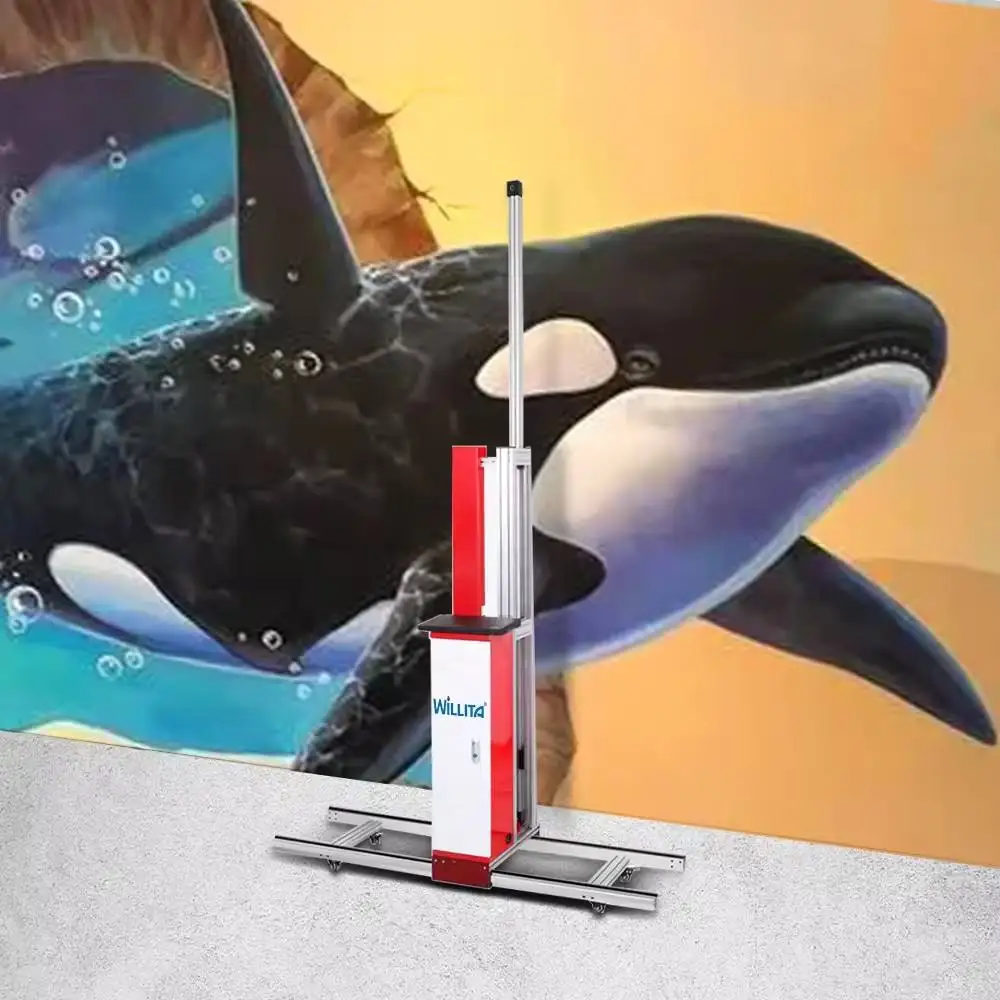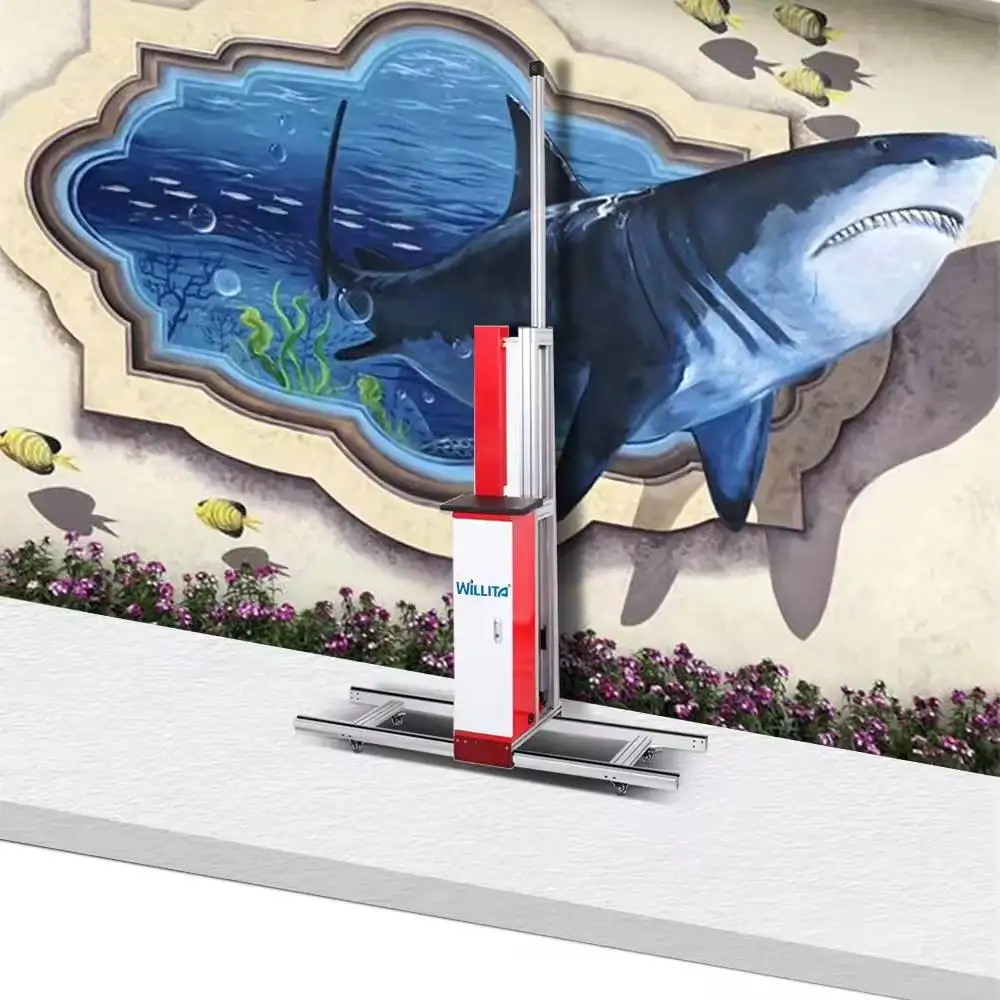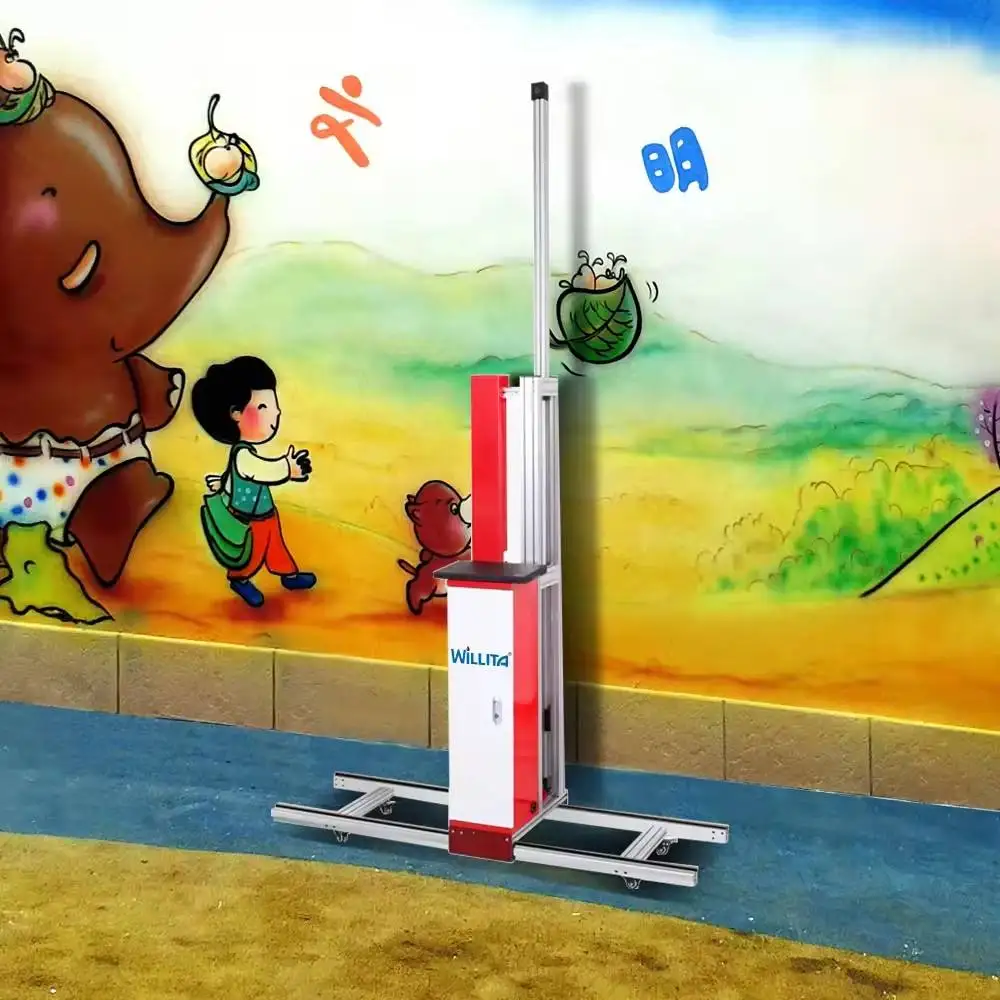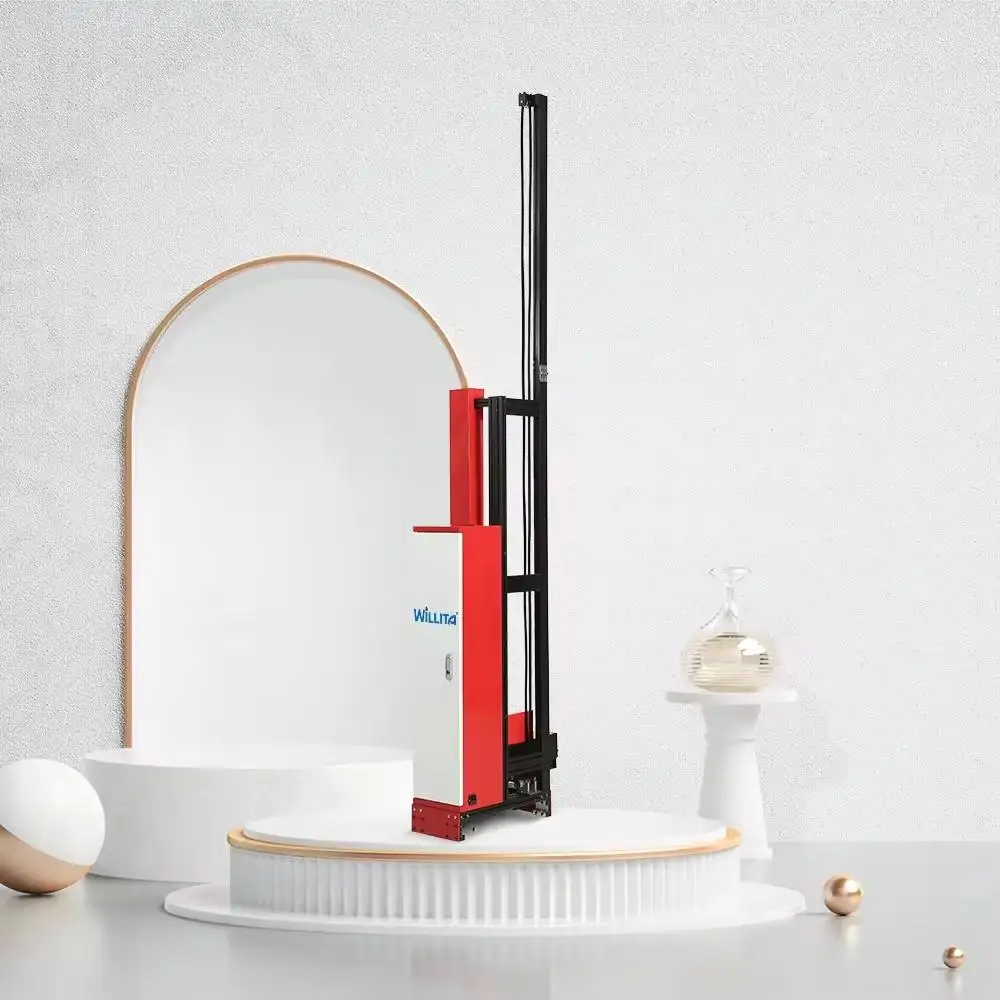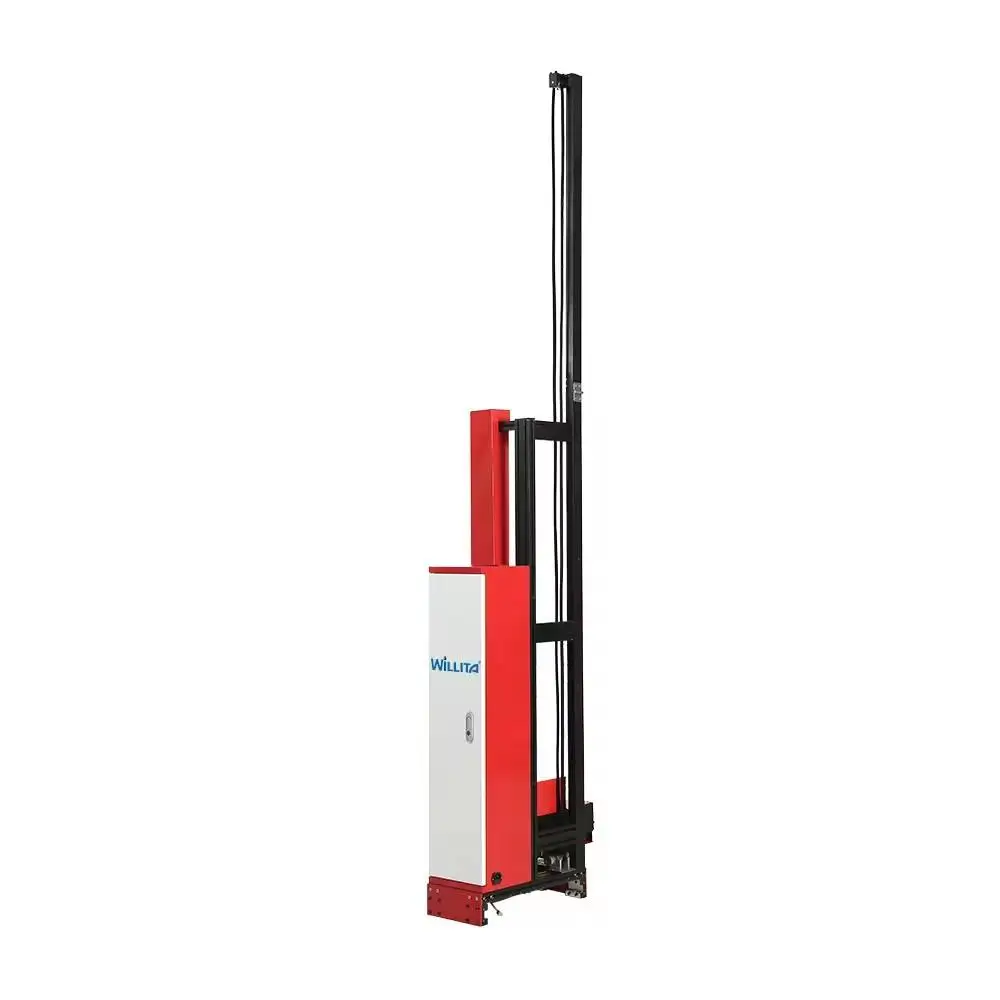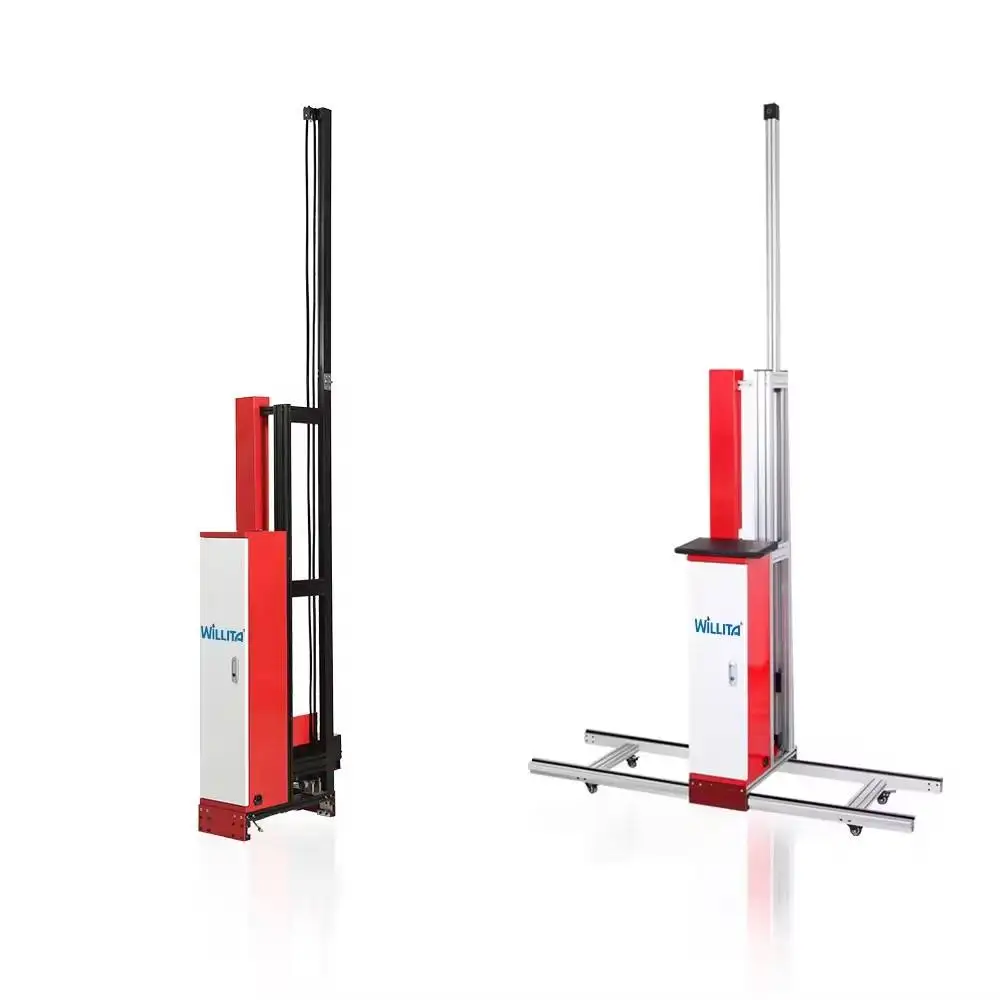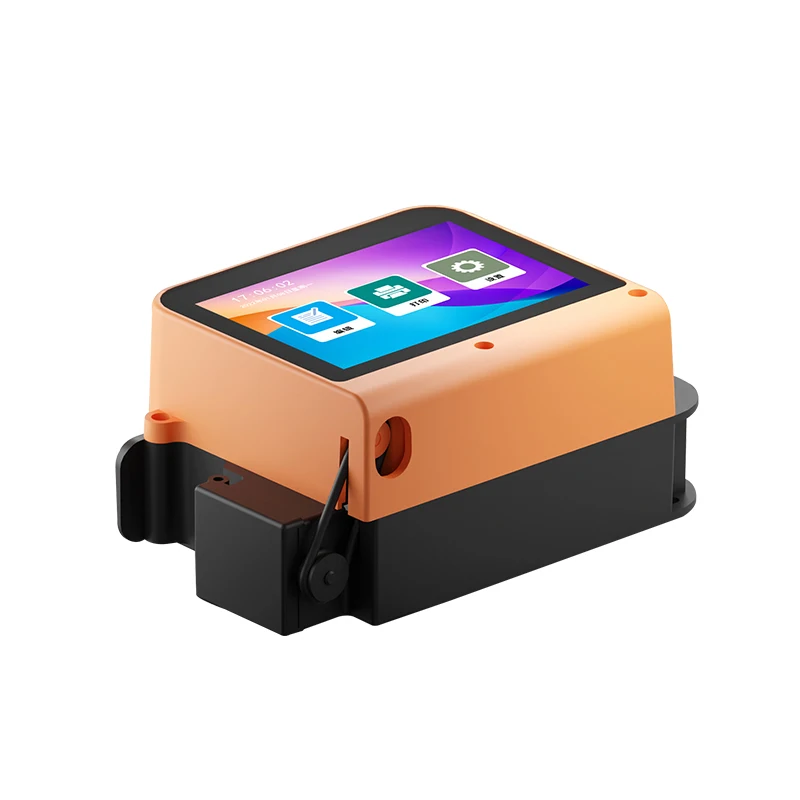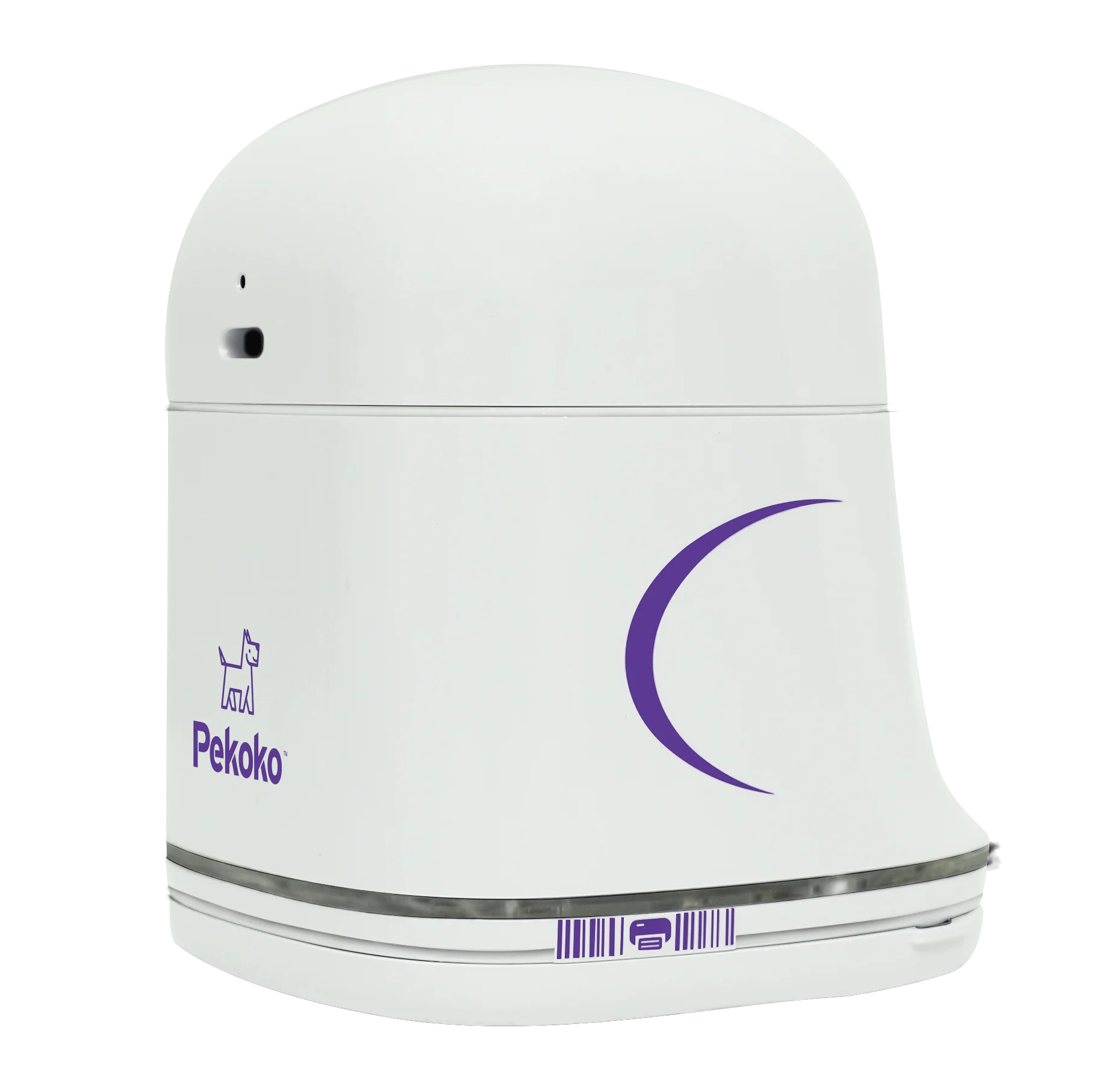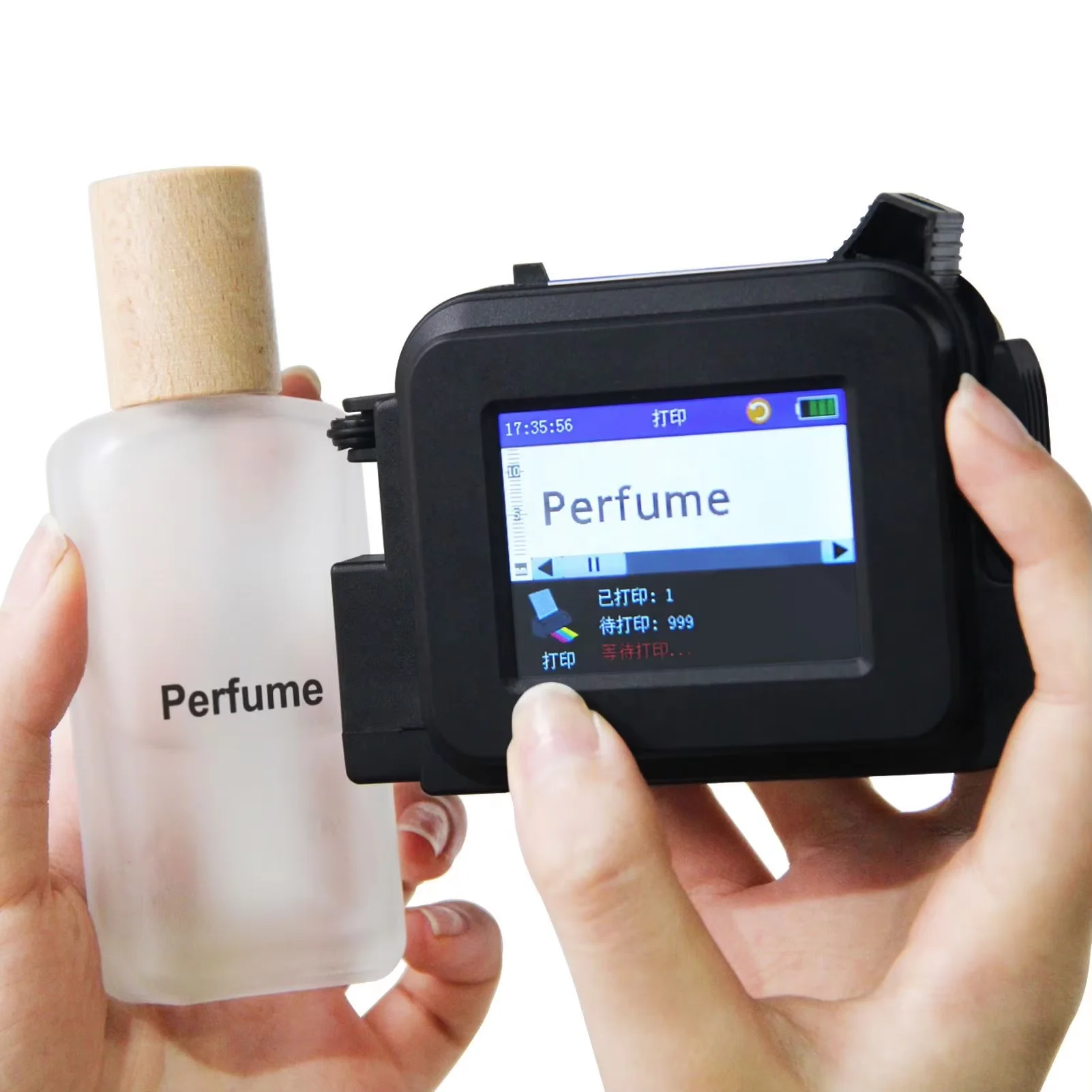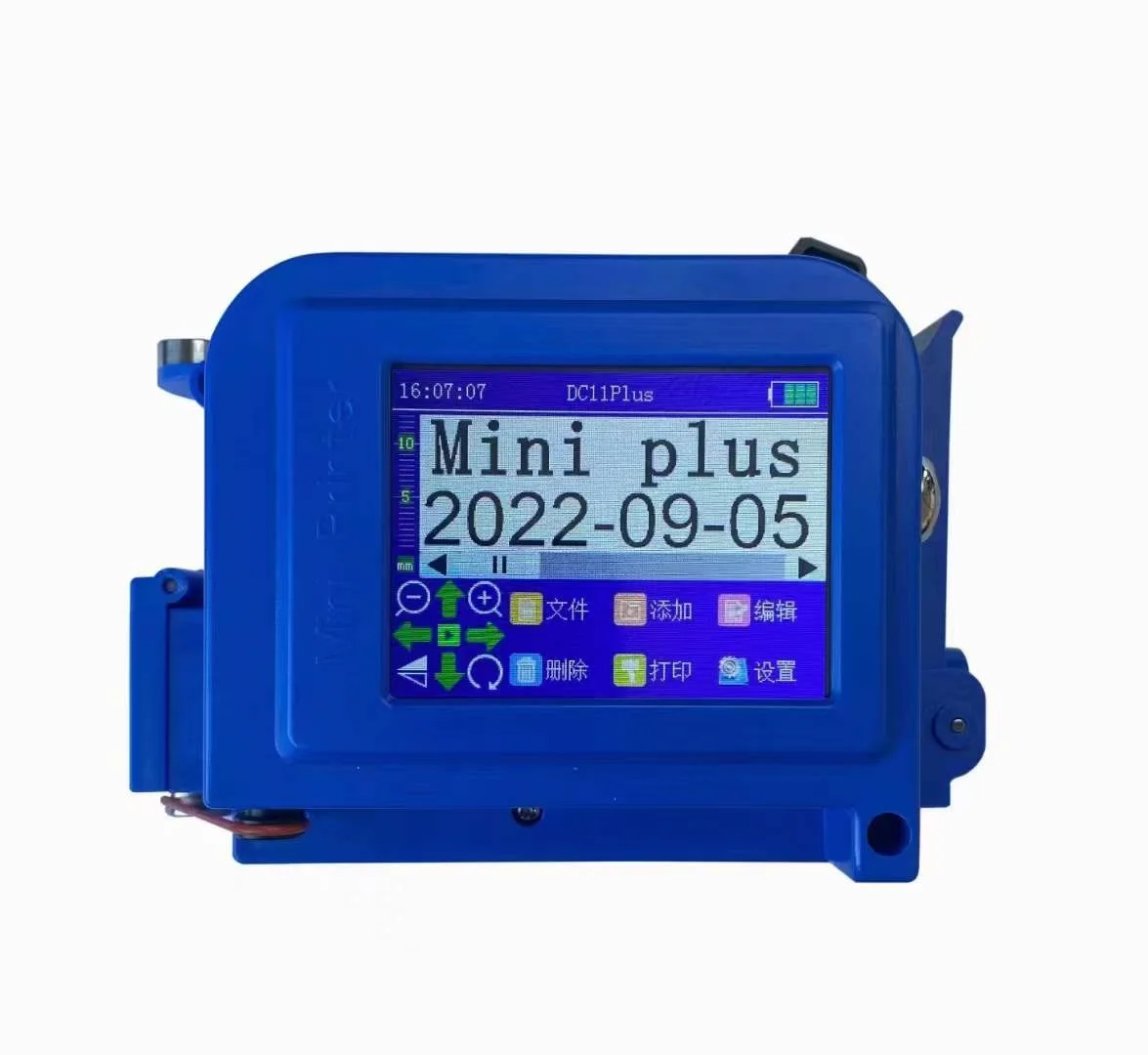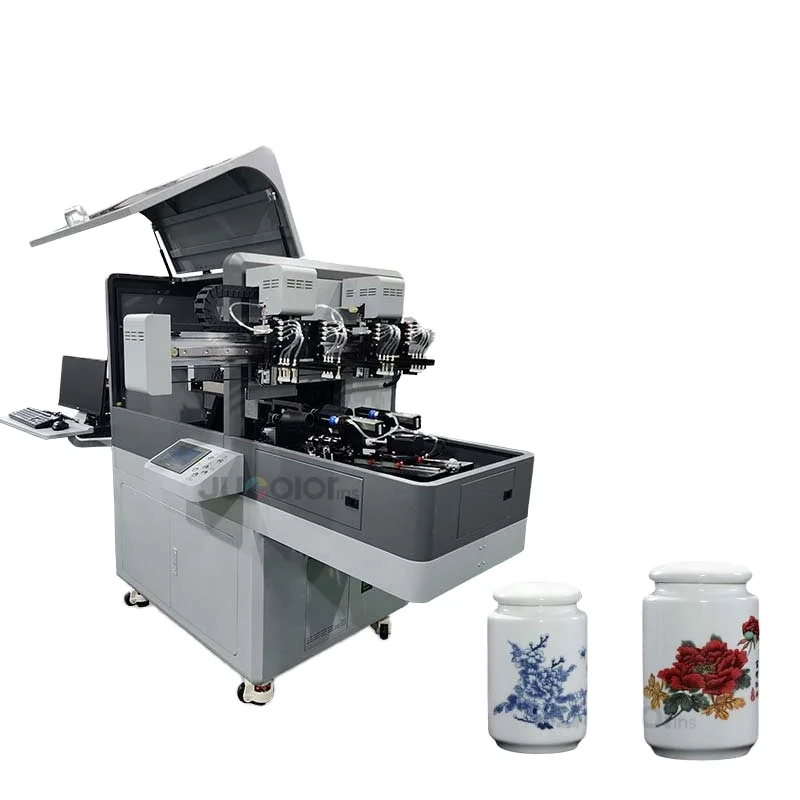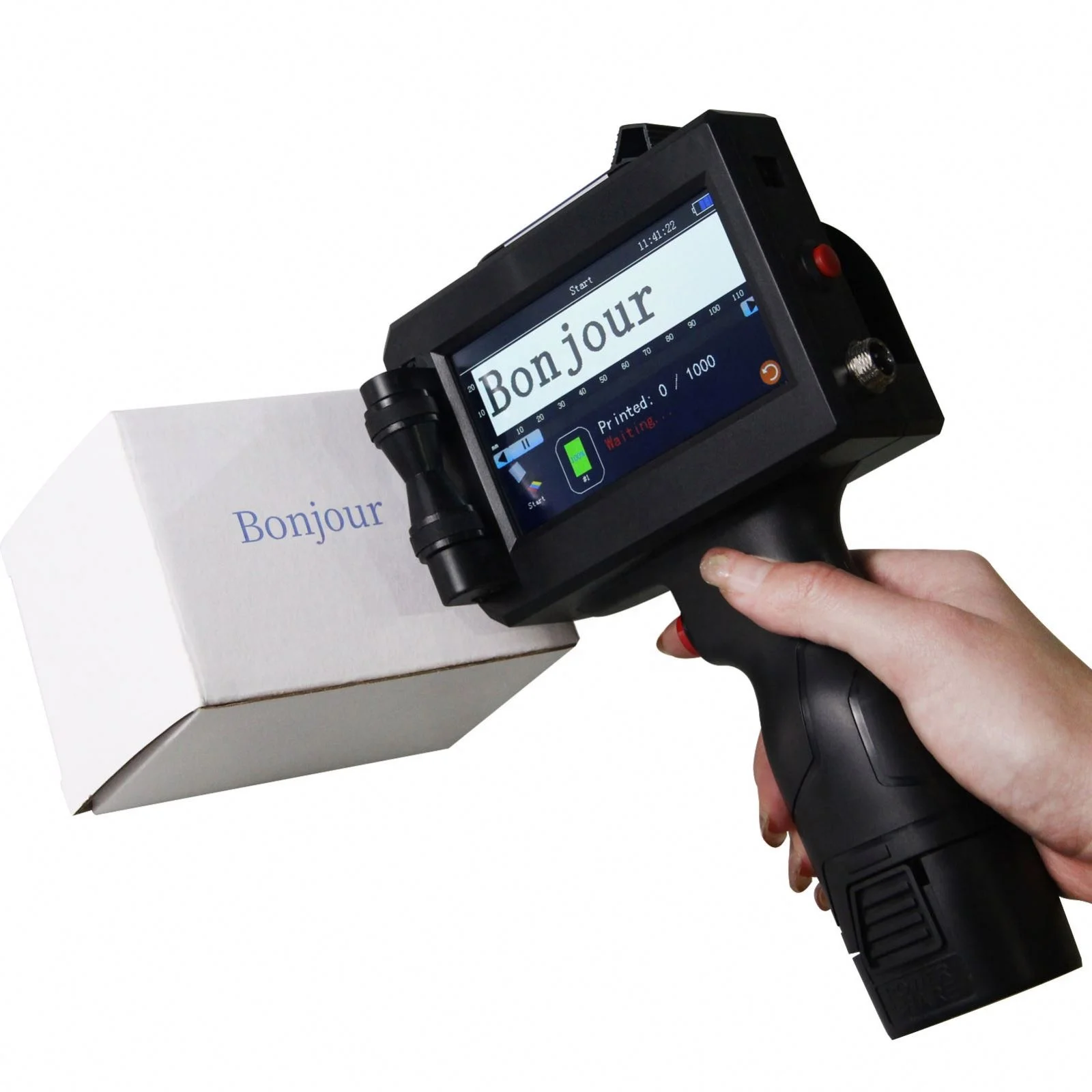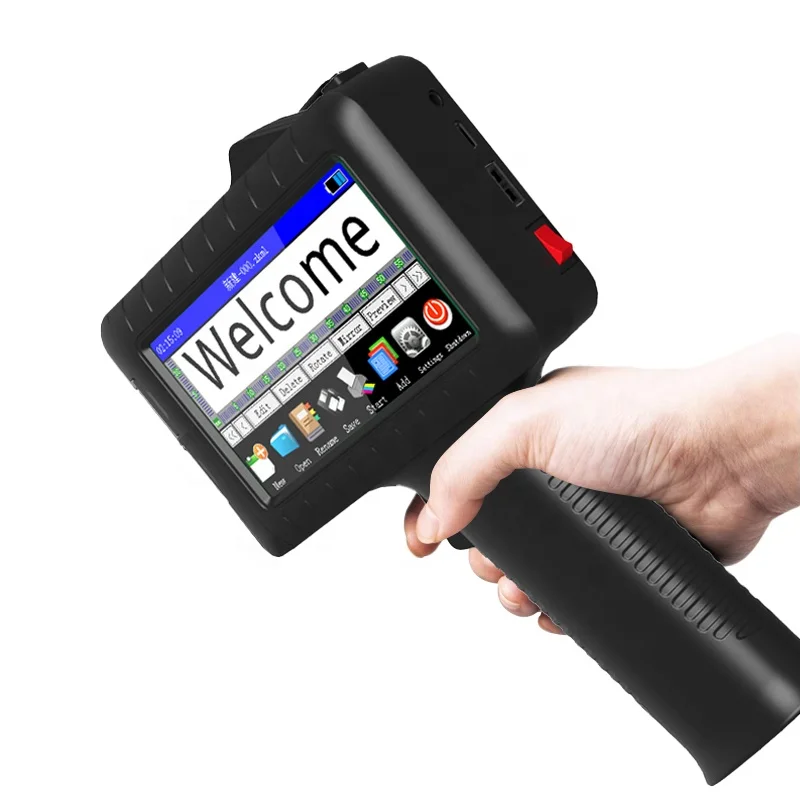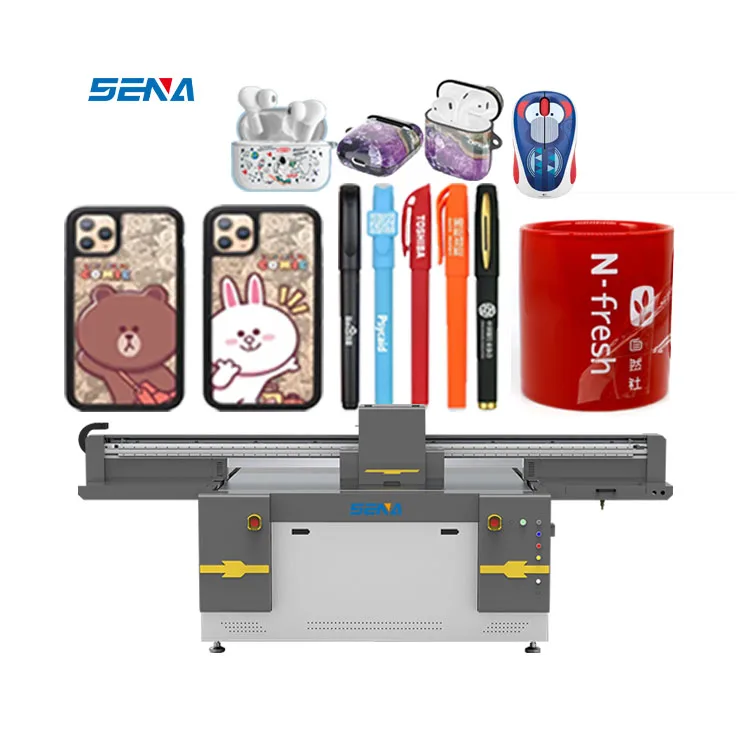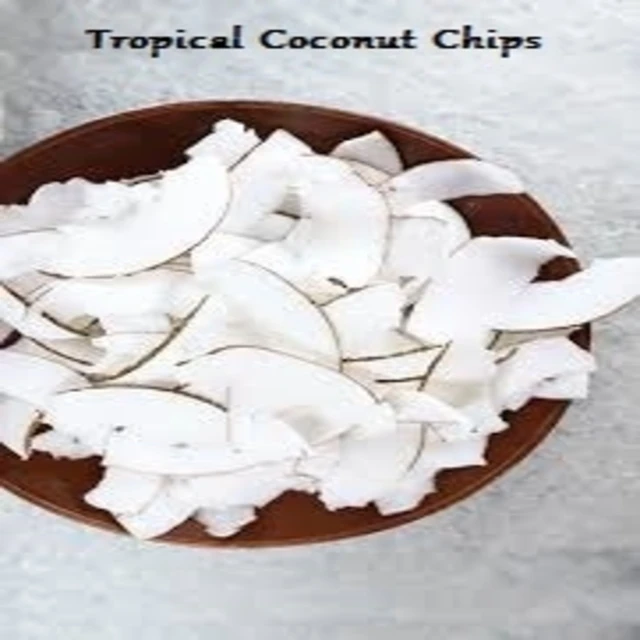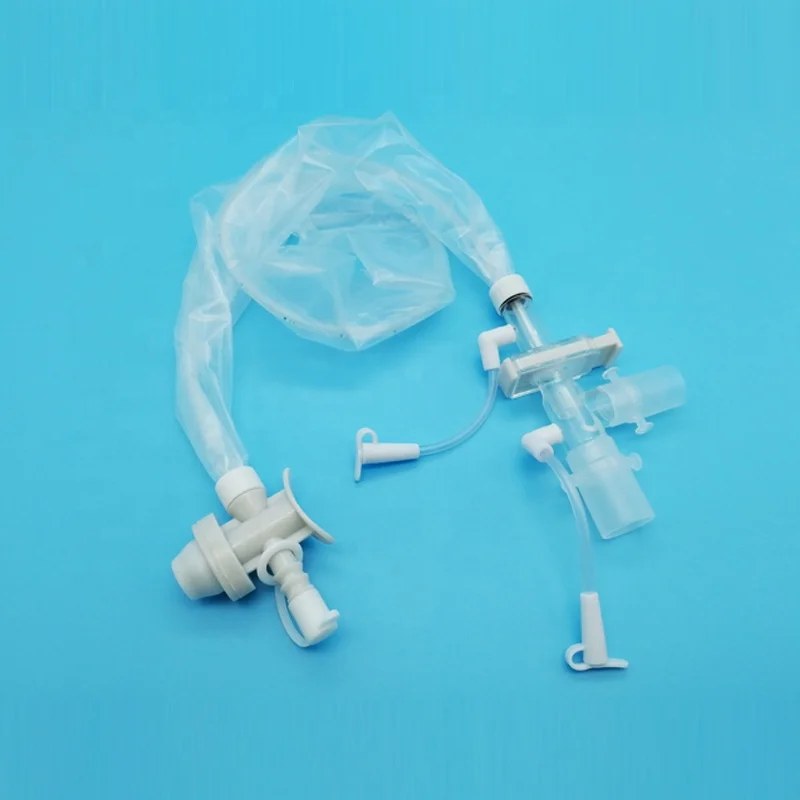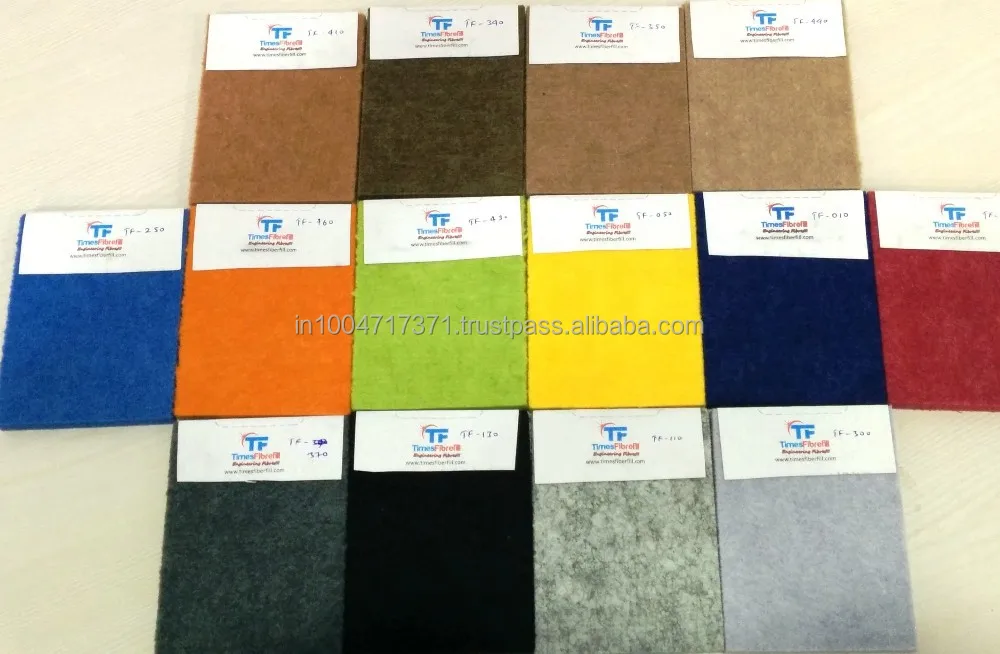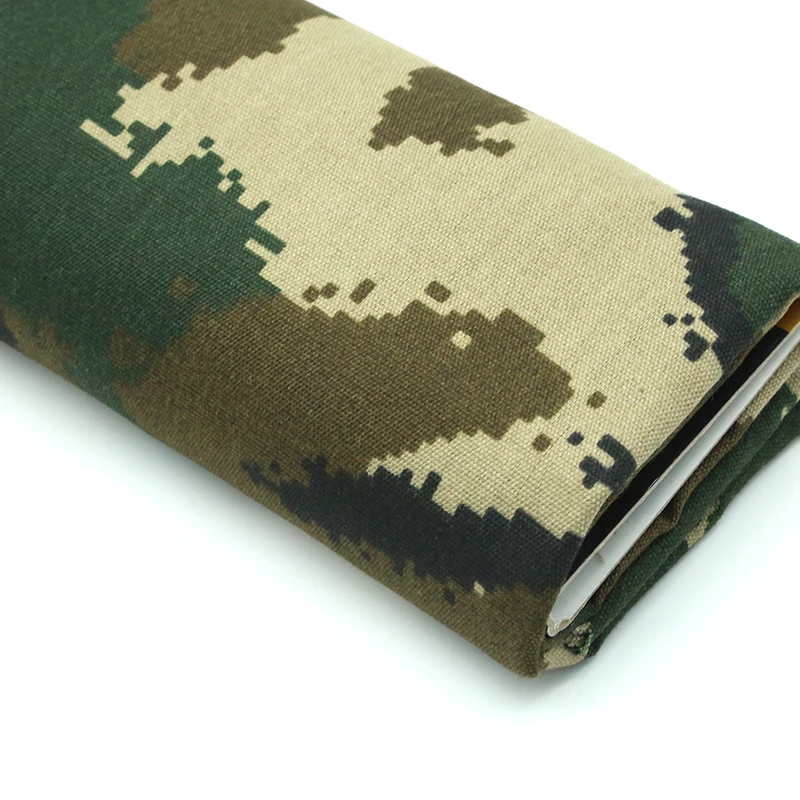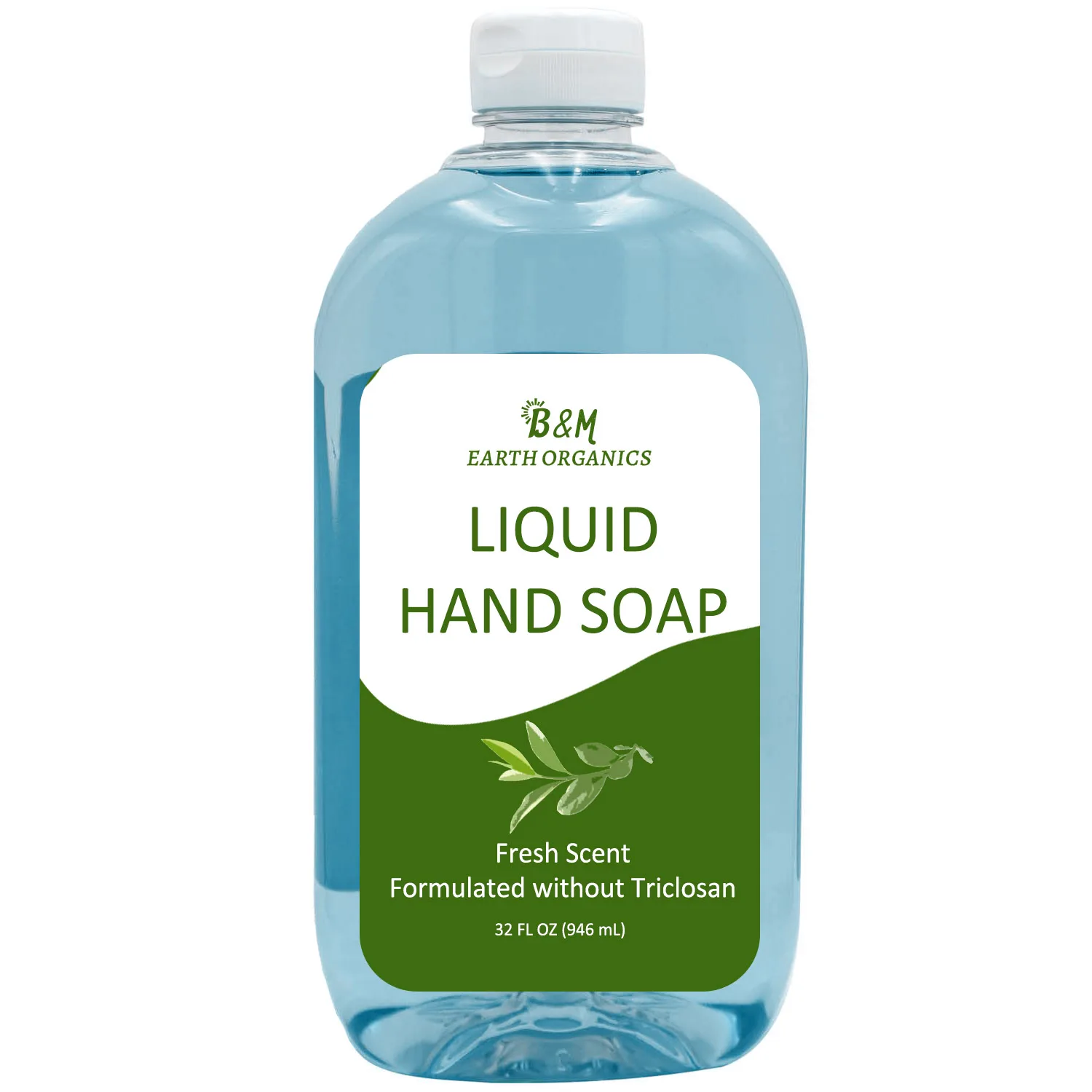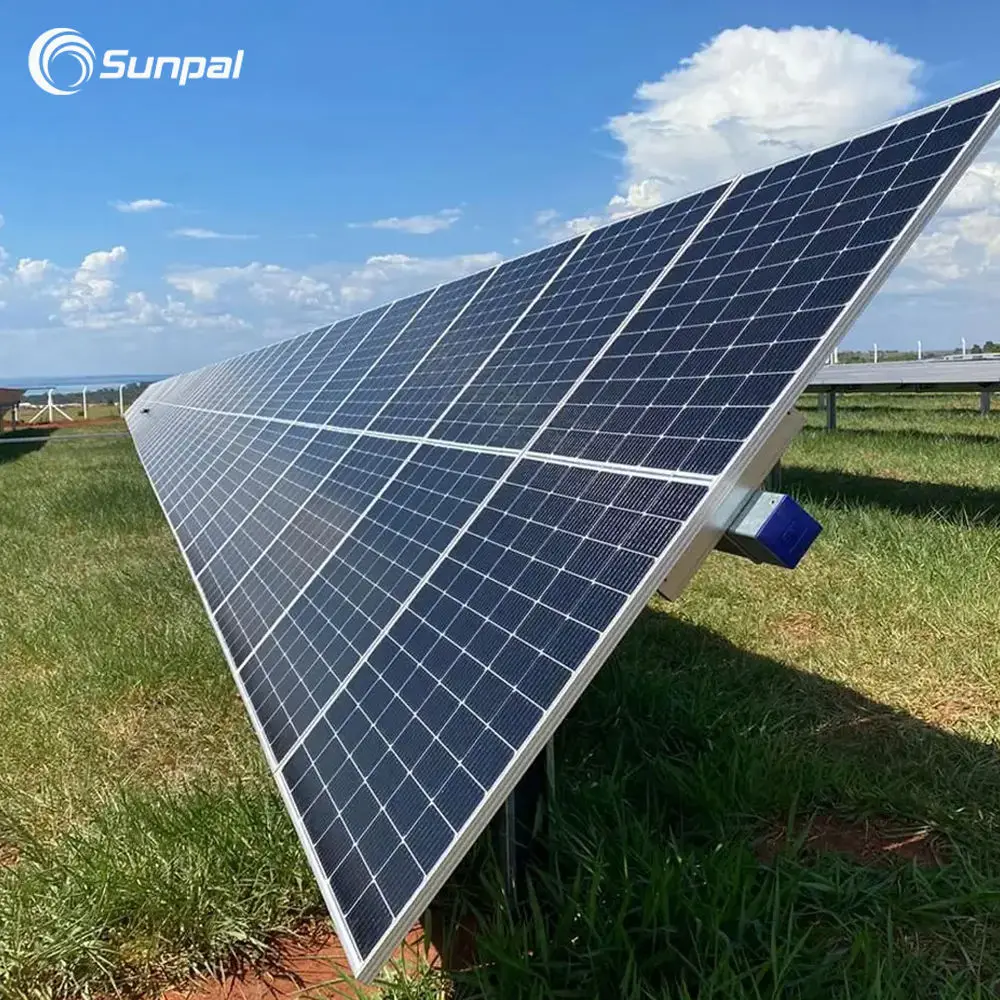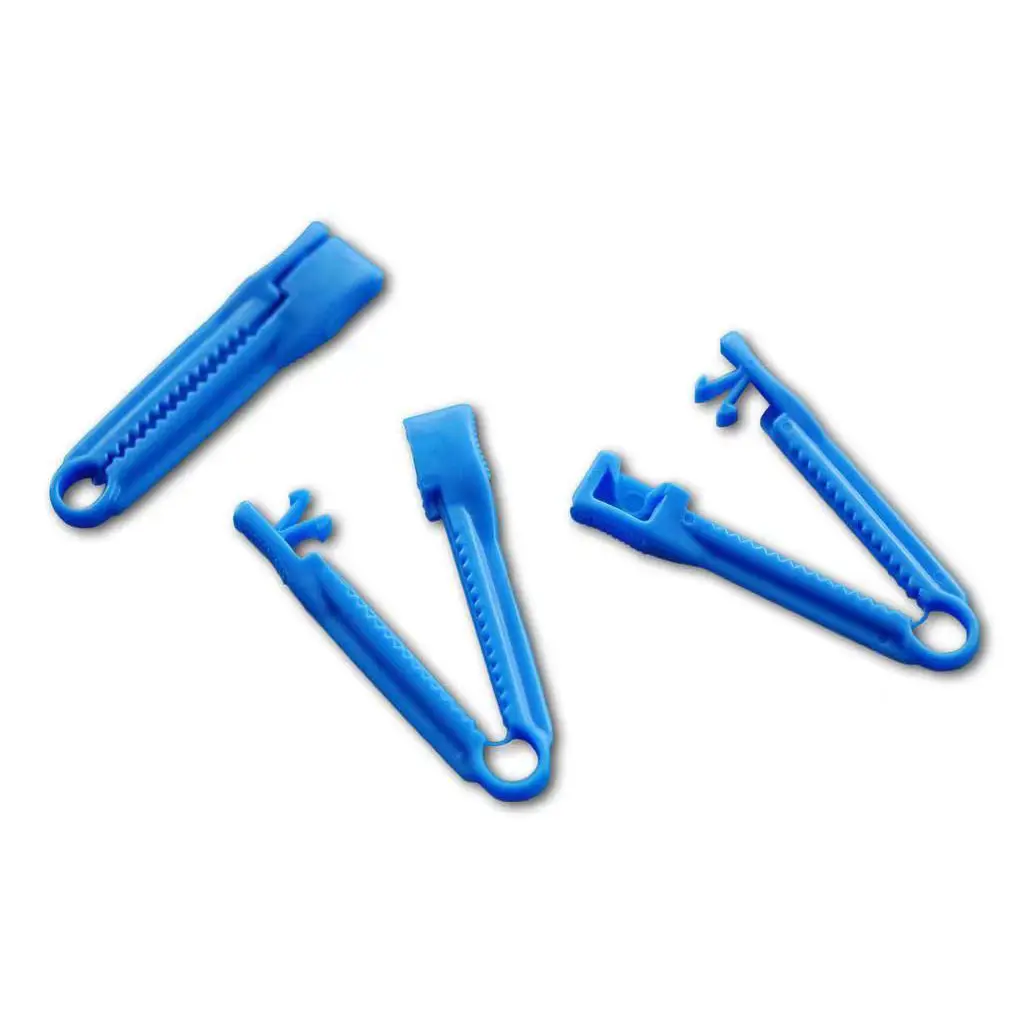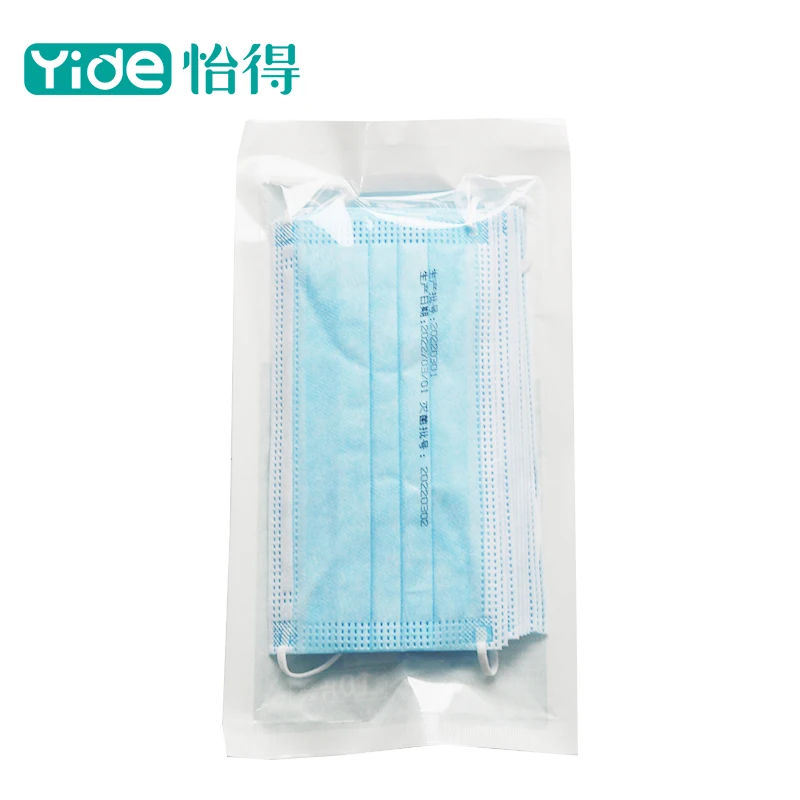Многофункциональная настенная и наземная фотопечатная машина 3000 мм с 3D эффектом вертикальной УФ краской для настенного принтера
- Категория: >>>
- Поставщик: Wuhan Willita Industrial Co. Ltd.Wuhan Ltd.
Сохранить в закладки 1601211173893:
Описание и отзывы
Характеристики
What is a wall printing machine
A wall printing machine, also known as a wall printer, is a specialized printing device designed specifically to print patterns,
images, or designs directly onto walls or other large, flat surfaces. It is essentially a type of UV (Ultraviolet) printer thatutilizes advanced inkjet technology to transfer ink onto surfaces like walls, glass, tiles, fiberboard, and even textured
substrates.
What's difference between wall printing machine and wallpaper
Wall Printing Machine:
1. Customization: Offers unparalleled customization. You can print any high-resolution image, pattern, or design directly onto the wall, creating a unique, personalized space. It can even reproduce photographs, art pieces, or intricate murals.
2. Versatility: Can be used on various surfaces, not limited to smooth walls. It can work on textured walls, brick, concrete, and even ceilings, offering greater flexibility in design application.
3. Durability: With UV-cured inks, prints are resistant to fading, scratches, and water, ensuring longevity and durability.
3. Durability: With UV-cured inks, prints are resistant to fading, scratches, and water, ensuring longevity and durability.
4. Installation Process: Requires specialized equipment and trained personnel to operate. The process can be quicker than applying wallpaper since there's no need for paste or extensive preparation.
5. Cost: Initial setup costs can be higher due to the technology involved, but it offers savings in the long run for large-scale projects or unique designs that would be costly with custom wallpaper.
6. Removal and Repairs: If a design needs changing or updating, it might require repainting or reprinting the area, which could be more involved than simply removing and replacing wallpaper.
5. Cost: Initial setup costs can be higher due to the technology involved, but it offers savings in the long run for large-scale projects or unique designs that would be costly with custom wallpaper.
6. Removal and Repairs: If a design needs changing or updating, it might require repainting or reprinting the area, which could be more involved than simply removing and replacing wallpaper.
Traditional Wallpaper:
1. Design Options: Offers a wide range of pre-designed patterns and styles, but the selection is finite and less customizable compared to a wall printer.
2. Surface Requirements: Primarily suitable for smooth surfaces and requires a well-prepared wall for optimal application. It may not adhere well to textured or irregular surfaces.
3. Installation: More DIY-friendly, involving pasting the wallpaper and carefully aligning the patterns. The process can be
time-consuming and requires precision.
4. Durability: Depending on the quality, traditional wallpaper can last for years but may be less resistant to wear, tear, and
moisture compared to inkjet printed designs.
5. Cost: Generally, initial costs are lower per square foot, but custom or high-end designer wallpapers can be expensive.
Replacement is also easier and potentially cheaper if only a section is damaged.
6. Maintenance and Removal: Easier to remove and replace if you want to change the design. However, removal can sometimes damage the wall surface underneath, requiring repairs.
2. Surface Requirements: Primarily suitable for smooth surfaces and requires a well-prepared wall for optimal application. It may not adhere well to textured or irregular surfaces.
3. Installation: More DIY-friendly, involving pasting the wallpaper and carefully aligning the patterns. The process can be
time-consuming and requires precision.
4. Durability: Depending on the quality, traditional wallpaper can last for years but may be less resistant to wear, tear, and
moisture compared to inkjet printed designs.
5. Cost: Generally, initial costs are lower per square foot, but custom or high-end designer wallpapers can be expensive.
Replacement is also easier and potentially cheaper if only a section is damaged.
6. Maintenance and Removal: Easier to remove and replace if you want to change the design. However, removal can sometimes damage the wall surface underneath, requiring repairs.
In summary, a wall printing machine provides a highly customizable, durable, and versatile option for wall decoration, whereas traditional wallpaper offers a more accessible and cost-effective solution with a wide range of pre-existing designs but with less personalization and potential limitations in application.
Product Description
Multi-function Wall And Ground 3000 Mm Height Photo Printing Machine 3d Effect Vertical Uv Ink Wall Printer Painting





Item No. | WLD-TX1 |
Printing Speed | 6-12 Square Meters/Hour |
Inks Type | Water based inks/UV inks |
Machine Size | 470*220*2600mm |
Printing Size | Max height 2000mm, no limit to width |
Installation Method | Mobile Pulley |
Nozzle Type | EPSON Industry Nozzle |
Data Transmission | Integrated nozzle, telecom grade fiber optic transmission |
Painting Technology | Micro piezoelectric inkjet technology for memory recovery after power outage |
Surface Tracking | Curved BANNER sensor, bidirectional sensing up and down |
Painting Accuracy | 720*360,720*1080,120*1440,720*2160 |
Ink Supply System | System Single Color single supply, 4-color continuous supply ink system |
Positioning Technology | Cross laser positioning, precise printing |
Motor Parameters | DC brushless servo motor, vector positioning |
Using Walls | Interior and Exterior wall putty walls, latex paint walls, imitation porcelain walls, ETC |
Application
The wall printing machine is widely applied in interior and exterior wall putty walls, latex paint walls, white, imitation
porcelain walls, tiles, glass, rice paper, canvas, wall clothing, color coating glaze, shell powder, color grain paint and other walls.
porcelain walls, tiles, glass, rice paper, canvas, wall clothing, color coating glaze, shell powder, color grain paint and other walls.


Advantage




Product Detail

Product packaging

Company Profile


Recommend Products
Похожие товары
Портативный цветной принтер Pekoko с картриджем все в одном портативный ручной работы Artsy
69,00-99,00 $
Многофункциональный портативный принтер автоматический мини струйный для кодирования даты истечения срока действия номера партии на любом материале
Многофункциональный ручной мини-принтер маленький карманный срок действия партии Номер qr-код штрих-код любой материал печатная машина
Jucolor полноцветная печать 360 цилиндрическая бутылка принтер для чашки Термос тумблеры
Хит продаж портативный мини-термопринтер по низкой цене термопринтер с логотипом qr Пакетное кодирование промышленный картонный принтер для пластиковых пакетов
Ручной струйный принтер
113,00-127,00 $
Широкоформатный 1600*1000 мм УФ струйный планшетный принтер Ricoh G5i/Gen6 с CCD-камерой УФ-печать акриловое стекло ПВХ чехол для телефона
5 500,00-5 900,00 $
Новые поступления
Новинки товаров от производителей по оптовым ценам
Кокосовая стружка мягкая и сладкая на вкус без глютена запеченная Ароматизированная упаковка для приготовления пищи кондитерских
Медицинский одноразовый стерильный катетер
Эффективные акустические панели эффективные звукоизоляционные материалы для качественной
65% полиэстер/35% хлопок саржа TC камуфляжная ткань 220gsm с водонепроницаемым принтом
1,48-1,61 $
Органическое жидкое мыло для мытья рук оптом
0,66-1,46 $
Высокое качество Sunpal 450W-600W 48V фотоэлектрические солнечные панели 500W 500Wp 600W заводская цена с белой задней простыней
0,28-0,32 $
2025 руиба новый продукт зажим для пуповины оптовая продажа медицинский стерильный одноразовый пластиковый
Оптовая продажа индивидуальные синие 3-слойные одноразовые маски для лица хирургические медицинские защитные взрослых
40-41,80 $
